Monthly Archives: March 2024
SOURCE: IDRW.ORG TEAM.

@detresfa_
India has issued a Notice to Airmen (NOTAM) for a military firing exercise to be conducted around the Andaman and Nicobar Islands, close to the strategically important Malacca Strait. The designated exercise area spans 380 kilometers and is scheduled for March 29-30, 2024.
The timing of the exercise coincides with the presence of the Chinese Yuan Wang 3 space tracking ship in the region. Analysts believe India might be test-firing the BrahMos supersonic cruise missile, which is deployed in the Andaman and Nicobar Islands. The BrahMos missiles are known for their speed and precision, and their deployment serves as a deterrent against potential Chinese incursions into the Indian Ocean Region (IOR) in the event of conflict.
Continue readingSOURCE: RAUNAK KUNDE / NEWS BEAT / IDRW.ORG
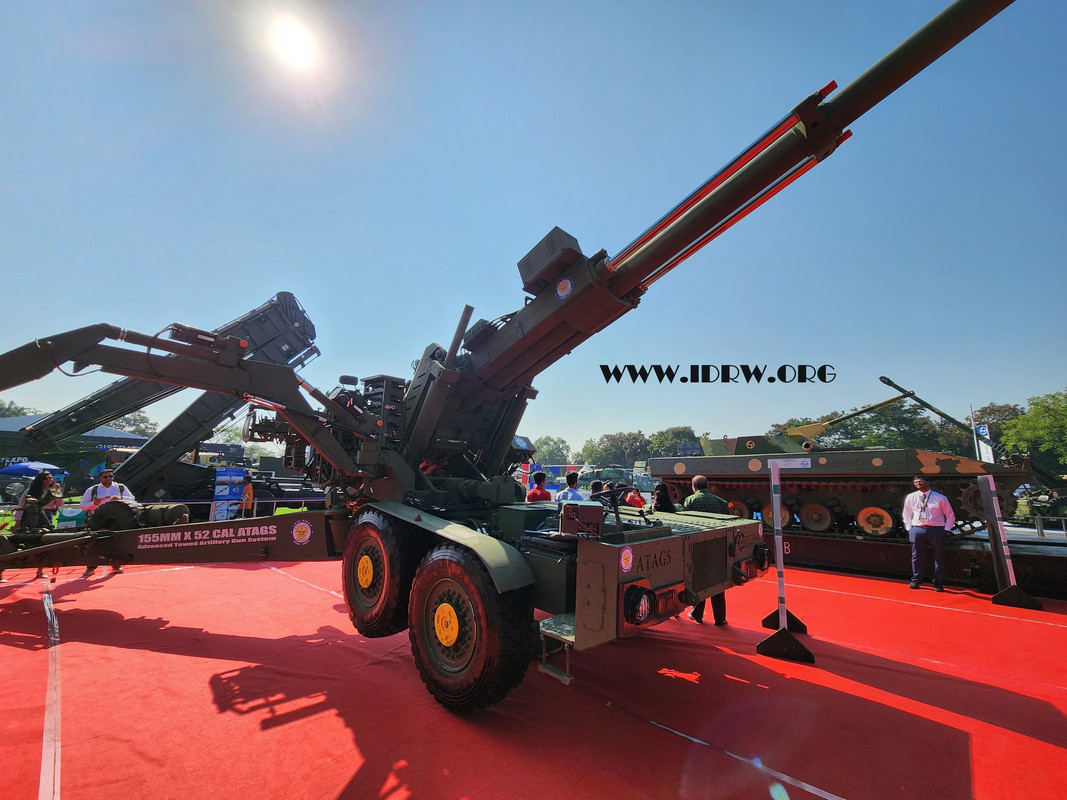
The Armament Research and Development Establishment (ARDE), a division of India’s Defense Research and Development Organization (DRDO), is working on the development of a lighter variant of the Advanced Towed Artillery Gun System (ATAGS). This new 155 mm x 52 calibre howitzer gun aims to meet the Indian Army’s requirements for next-generation Towed Gun Systems (TGS) by adhering to a weight limit of under 15 tons, as stipulated in the army’s tender.
The ATAGS, known for its advanced capabilities and firepower, has garnered attention for its effectiveness on the battlefield. However, its weight of around 18 tons posed a challenge for mobility and deployment, prompting the development of a lighter variant to address the army’s specific requirements.
Continue readingSOURCE: RAUNAK KUNDE / NEWS BEAT / IDRW.ORG

The first glimpses of the NAMICA MK2, the next iteration of India’s indigenously developed anti-tank missile carrier, have surfaced online. Compared to its predecessor, the MK2 brings a mix of firepower and revised functionality.
The most striking difference lies in the armament. The NAMICA MK1 sported six NAG anti-tank guided missiles (ATGMs). In contrast, the MK2 opts for a four-launcher configuration. This reduction is offset by the introduction of a 30mm cannon, providing the NAMICA MK2 with a robust countermeasure against lighter Armoured vehicles and fortifications.
Continue readingSOURCE: RAUNAK KUNDE / NEWS BEAT / IDRW.ORG

The Indian Army and the Defence Research and Development Organisation (DRDO) are reportedly collaborating on a fast-track mission to develop new long-range rockets. These rockets, with ranges of 120 kilometres (74 miles) and 300 kilometres (186 miles), could see developmental trials as early as 2025.
This initiative prioritizes speed, with both programs categorized as “fast-track mission mode.” This urgency suggests a potential need to address emerging strategic requirements.
Continue readingSOURCE: IDRW.ORG TEAM.
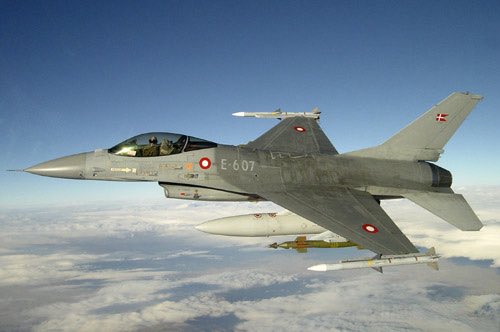
The Argentine Air Force (Fuerza Aérea Argentina) has opted to acquire 24 ex-Danish F-16A/B MLU fighter jets in a deal valued at $650 million USD. This decision comes after considering offers from India’s LCA-Tejas and China’s JF-17 Thunder.
The ex-Danish F-16s were offered at a significantly lower price point compared to the new-build alternatives. At $14 million per unit, the F-16s were nearly three times less of the price of the offered Tejas and JF-17 jets.
Continue readingSOURCE: IDRW.ORG TEAM.
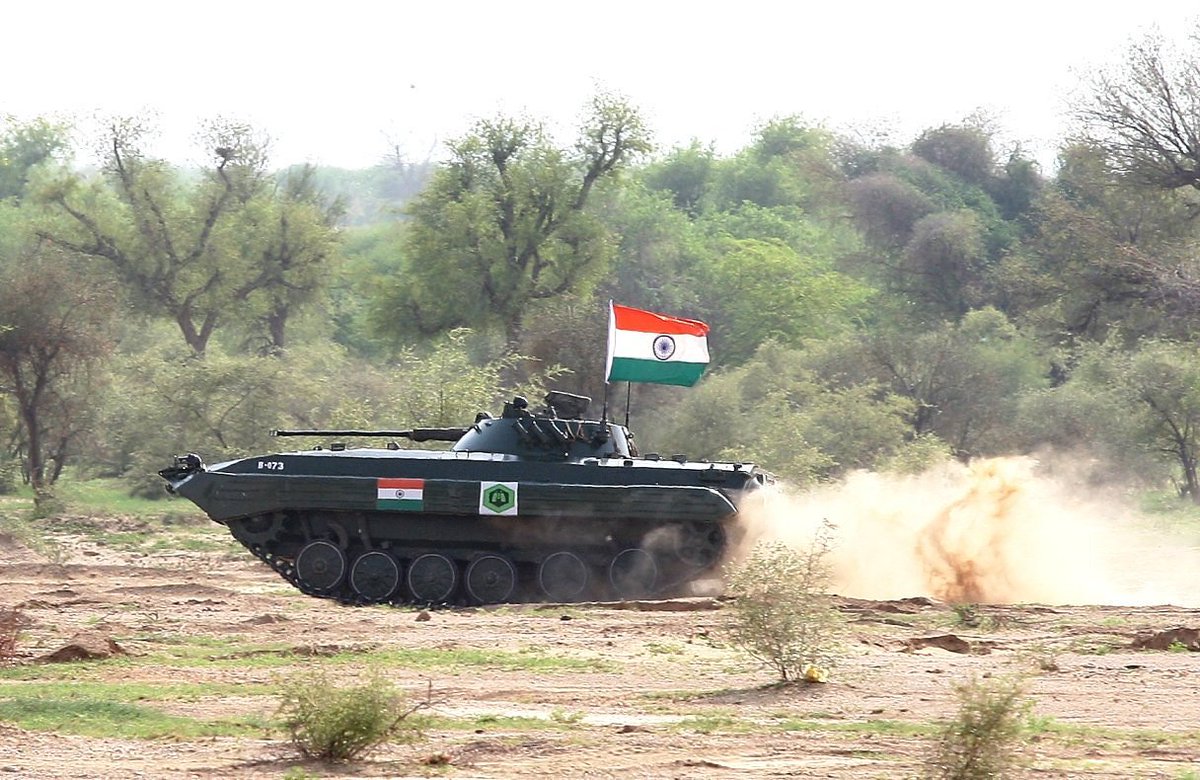
The Defence Ministry’s CCS (Cabinet Committee on Security) has approved a critical upgrade for the BMP-2 infantry fighting vehicle, a mainstay of the Indian Army’s mechanized forces. These upgrades are particularly important for the ongoing situation in Eastern Ladakh, where BMP-2s have been deployed in large numbers to counter Chinese forces.
The BMP-2s, currently manufactured by the Ordnance Factory Board (OFB) under Russian license, are set to receive a significant power boost thanks to Pinaka Aerospace Solutions, a Bangalore-based company. Pinaka’s key contribution is the development of a fully indigenous Transmission Control Unit (TCU). This unit sits at the heart of the engine upgrade, ensuring optimal power delivery.
Continue readingSOURCE: RAUNAK KUNDE / NEWS BEAT / IDRW.ORG

India’s long-delayed Intermediate Jet Trainer (IJT) program, spearheaded by Hindustan Aeronautics Limited (HAL), might finally be taking flight. Sources close to the project have indicated to idrw.org that production could be nearing reality after the IJT undergoes a significant redesign and upgrades.
The program is expected to complete all developmental trials following a major overhaul. This overhaul included a redesign of the IJT’s tail section and substantial upgrades to its avionics and other systems. These changes address concerns raised earlier regarding the aircraft’s performance.
Continue readingSOURCE: RAUNAK KUNDE / NEWS BEAT / IDRW.ORG
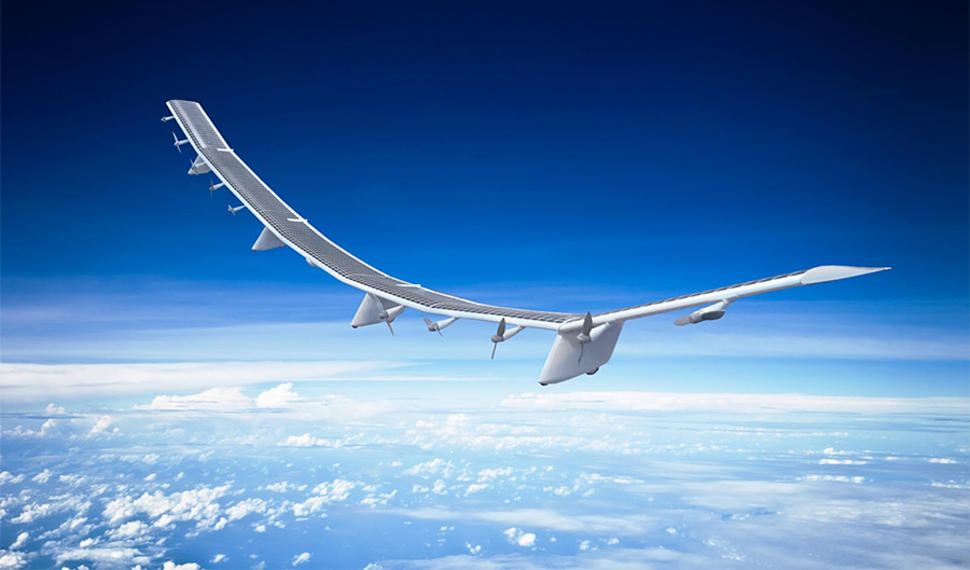
In a move that could revolutionize aerial surveillance and communication in India, Abu Dhabi’s Mira Aerospace and Indian startup VEDA Aeronautics have joined forces to develop a strong foothold in the High-Altitude Pseudo Satellites (HAPS) market.
HAPS are solar-powered drones designed to operate for extended periods in the stratosphere, offering a unique combination of benefits over traditional satellites and drones. They can provide persistent coverage over a large area without the complexity and cost of launching a satellite while offering greater endurance than conventional drones.
Continue readingSOURCE: RAUNAK KUNDE / NEWS BEAT / IDRW.ORG
Leaked sketches have revealed India’s progress on a crucial element of its long-range surface-to-air missile (LRSAM) program. The Defence Research and Development Organisation (DRDO) is developing a mobile High Power Radar (HPR) designed to bolster the Indian Air Force’s (IAF) air defence capabilities.
This HPR system could be a vital component of the upcoming LRSAM program. The radar, with a weight of 30 tons and a transportable antenna measuring 10 meters by 6 meters, will provide superior detection capabilities. The carrier vehicle boasts a 60-ton load capacity and a travel speed of 20 kilometres per hour, ensuring mobility for deployment across various terrains.
Continue readingSOURCE: IDRW.ORG TEAM.
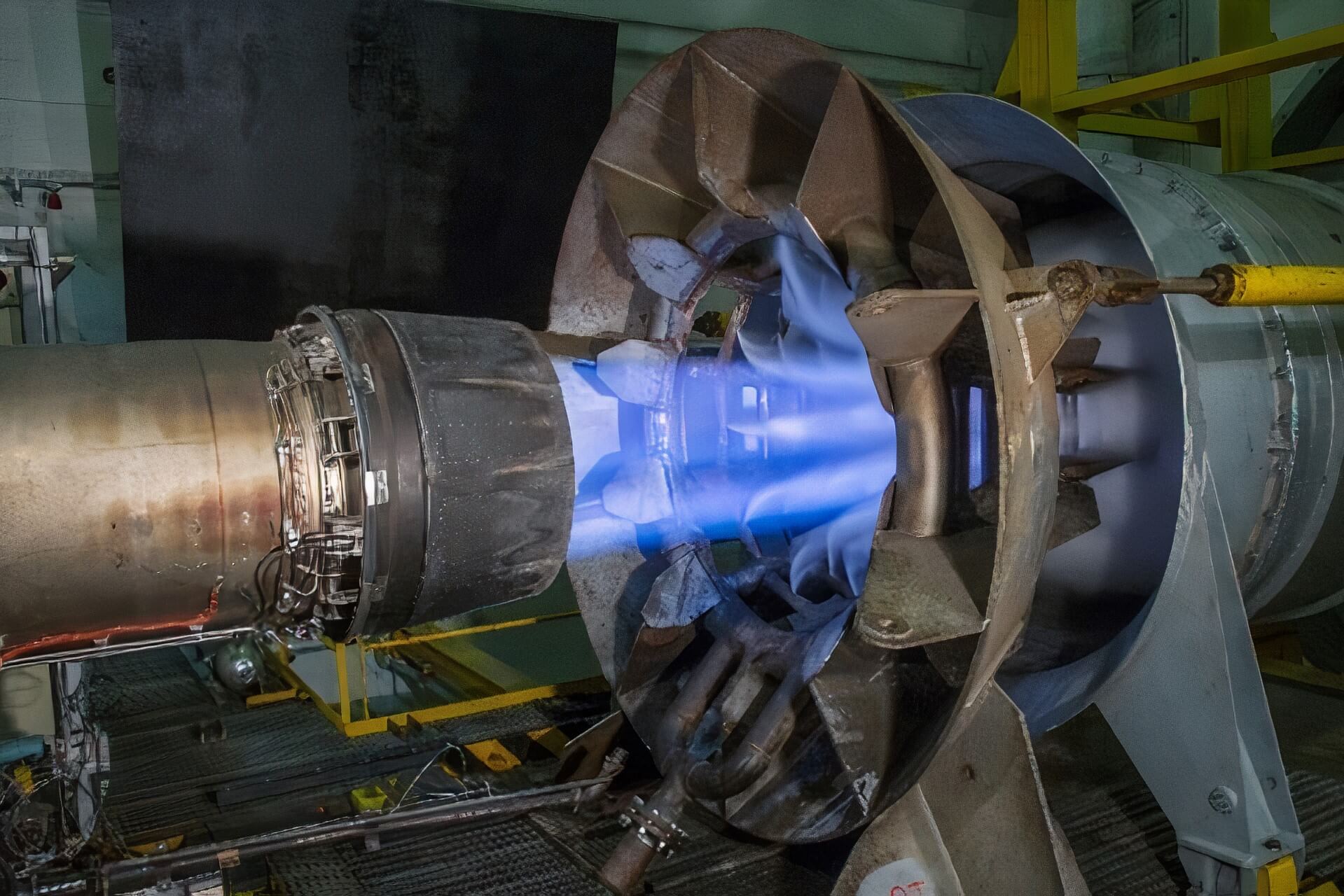
India’s ambitious plans for its 5th generation Advanced Medium Combat Aircraft (AMCA) program take a significant step forward with the hunt for an engine development partner. Sources close to the program reveal that the Defence Research and Development Organization’s Gas Turbine Research Establishment (GTRE) is actively courting foreign collaboration.
GTRE aims to finalize a partner by mid-2024, paving the way for a contract later this year or early next year. This partnership is vital for developing a new 5th generation engine capable of generating 110-130kN thrust, a significant upgrade for the AMCA MkII variant.
Continue readingSOURCE: IDRW.ORG TEAM.
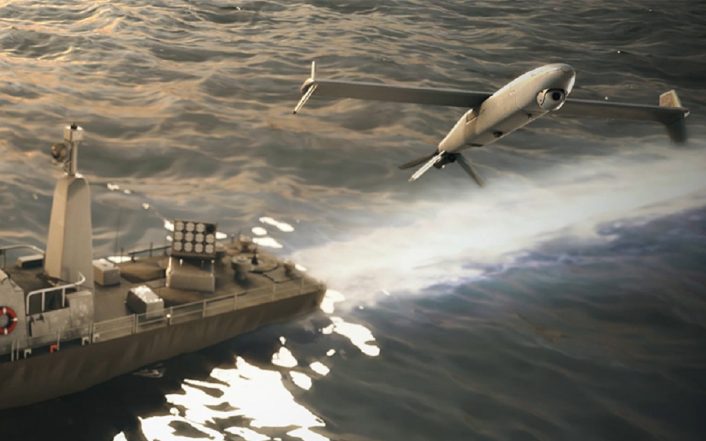
Defense Minister Rajnath Singh emphasized the growing threat posed by drones in modern warfare during a meeting with the Indian Navy’s top brass on Tuesday. He urged the Navy to prioritize preparedness to counter such challenges.
This call to action comes amidst the Navy’s ongoing efforts to integrate drone capabilities into its operations. The planned incorporation of loitering munitions on frontline warships signifies a strategic move towards long-range engagement of sea-based targets.
Continue readingSOURCE: IDRW.ORG
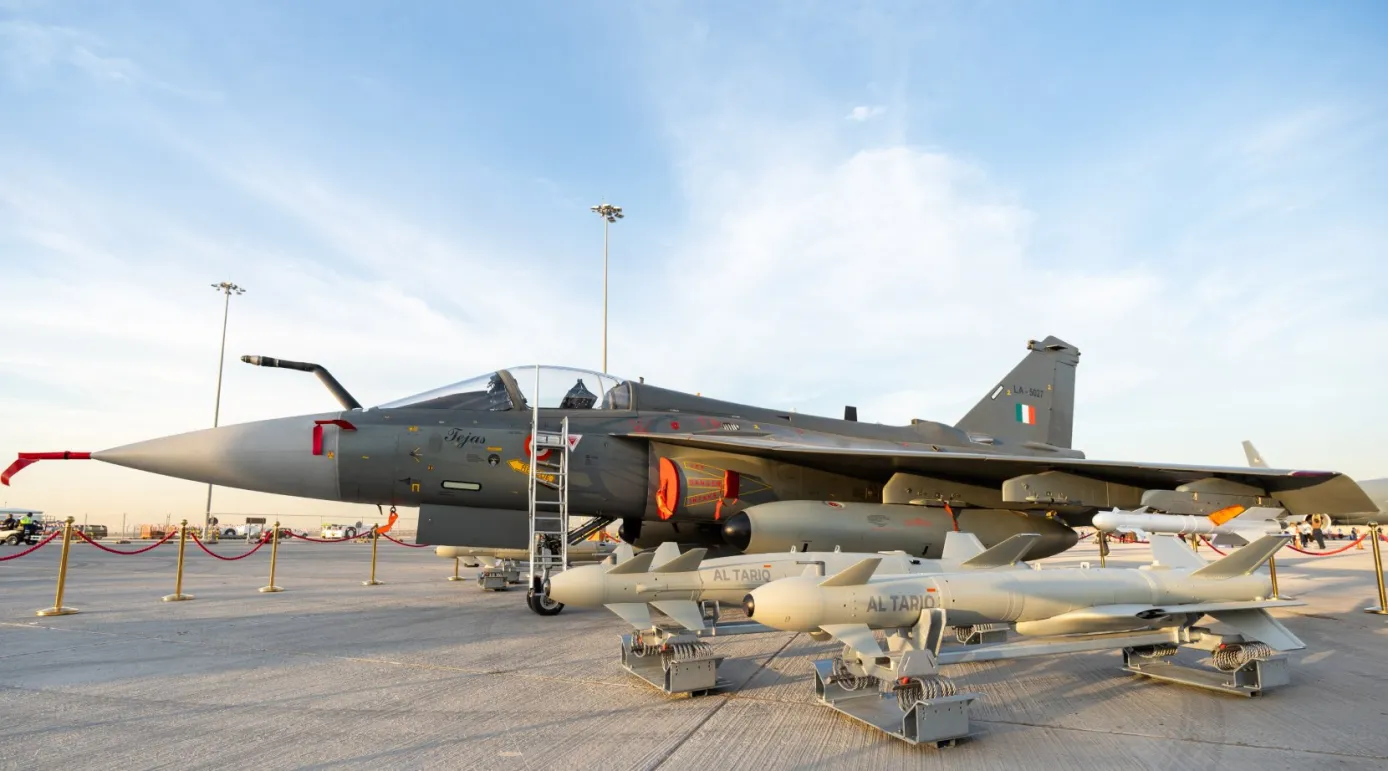
EDGE Group, a leading UAE-based technology and defense company, has expressed its interest in collaborating with India on the production of its AL TARIQ smart weapons. This move signifies a potential boost to India’s indigenous defense capabilities.
EDGE Group’s Managing Director & CEO, Hamad Al Marar, has proposed the transfer of AL TARIQ technology to India, enabling local production by Bharat Dynamics Limited (BDL). This collaboration could lead to significant benefits for both countries.
Continue readingSOURCE: RAUNAK KUNDE / NEWS BEAT / IDRW.ORG

India’s ambitious 5th generation Advanced Medium Combat Aircraft (AMCA) program will be taking a crucial step towards achieving true aerial dominance. A key feature of the AMCA will be Low Probability of Intercept (LPI) technology, a cornerstone of modern stealth aircraft.
LPI radars are a cornerstone of modern aerial warfare. They function by minimizing an aircraft’s radio frequency (RF) emissions, making them significantly harder to detect by conventional radar systems.
Continue readingSOURCE: RAUNAK KUNDE / NEWS BEAT / IDRW.ORG

Dr Avinash Chander, a former head of the Defence Research and Development Organisation (DRDO), has reignited discussions regarding the development of a longer-range tactical ballistic missile. Dr Chander, while speaking to Nitin A. Gokhale of Bharat Shakti, proposed the development of a tactical missile with a range of 1200 to 1500km. He emphasized the potential for a cost-effective approach to this project.
India’s existing tactical missile arsenal includes the Pralay, a short-range ballistic missile with a maximum range of 500km. This missile is specifically designed for battlefield deployment and will be integrated into the Integrated Rocket Force (IRF).
Continue readingSOURCE: RAUNAK KUNDE / NEWS BEAT / IDRW.ORG
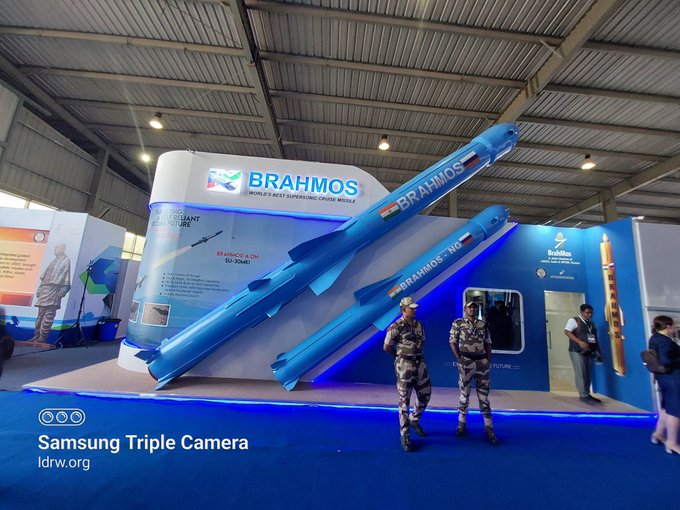
India’s BrahMos Corporation is gearing up for a significant advancement in its missile technology with the New Generation (NG) BrahMos cruise missile. This lighter and smaller variant of the existing BrahMos promises enhanced capabilities for the Indian Air Force.
As per recent announcements by Atul Dinkar Rane, Director General of DRDO and CEO & MD of BrahMos Aerospace, the BrahMos NG is on track for a series of crucial tests. By mid-2025, the program expects to commence drop and dummy testing. These initial trials focus on validating the missile’s aerodynamic design and separation mechanism from the launch platform before progressing to powered flight.
Continue reading